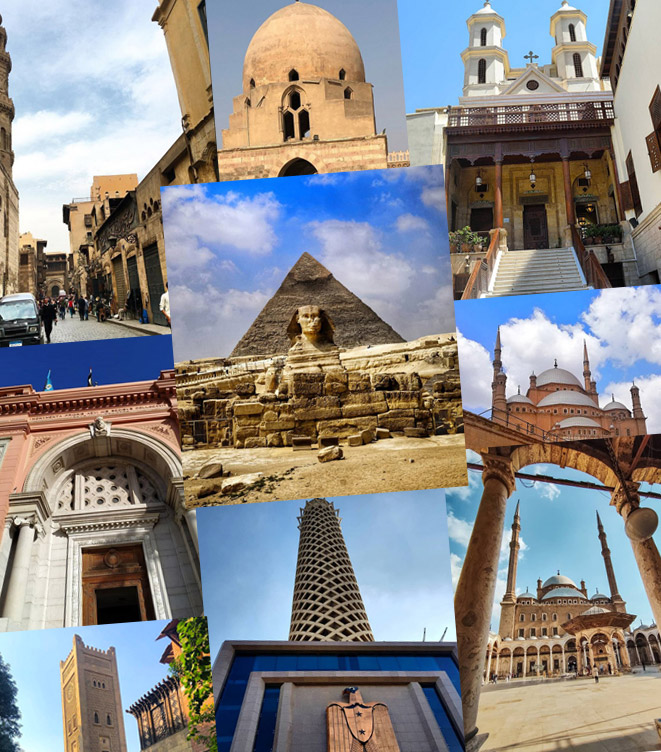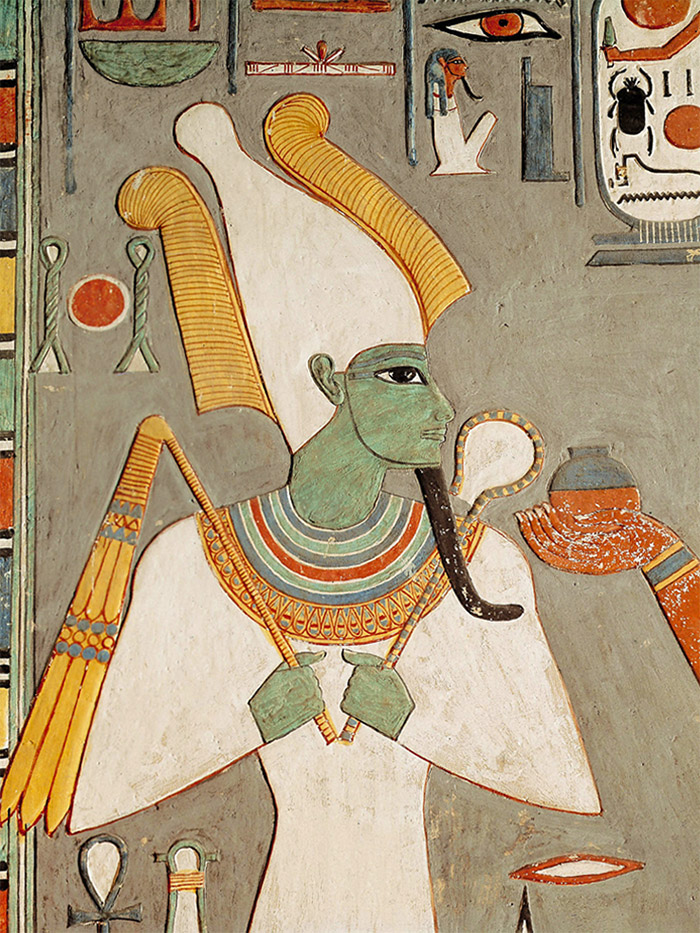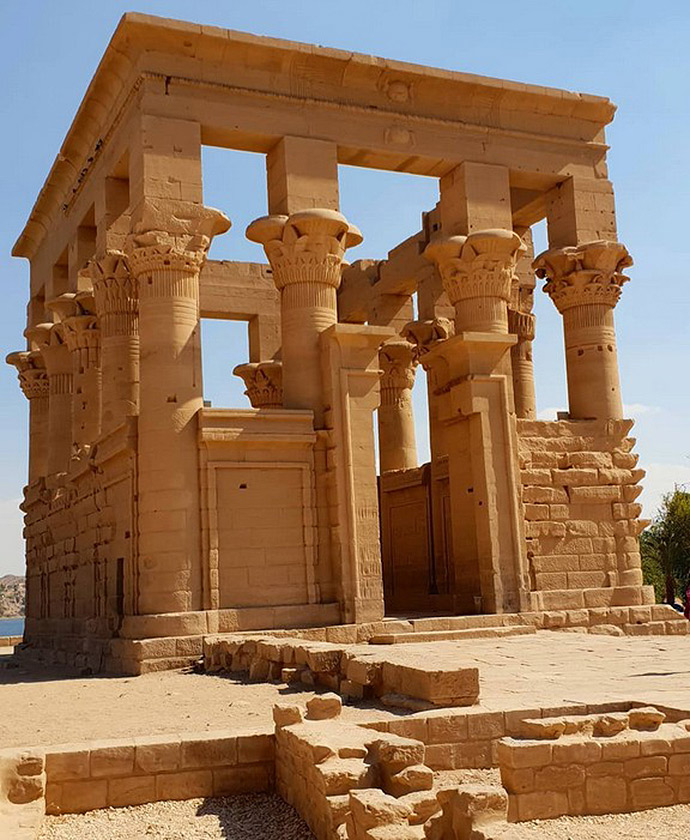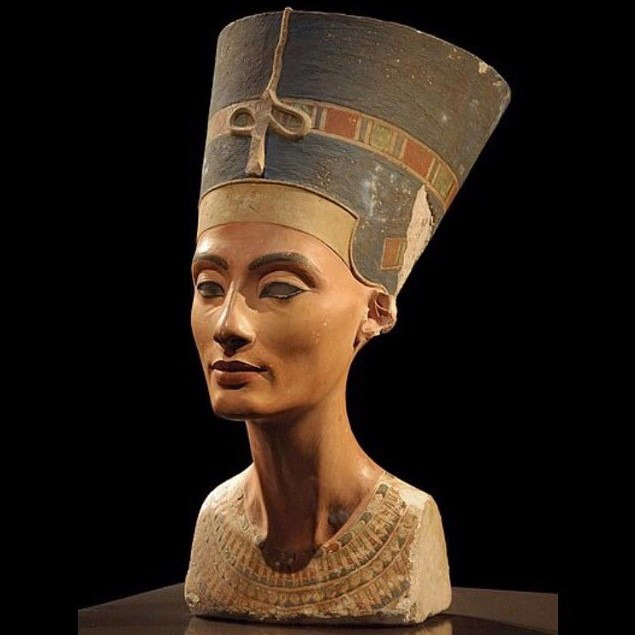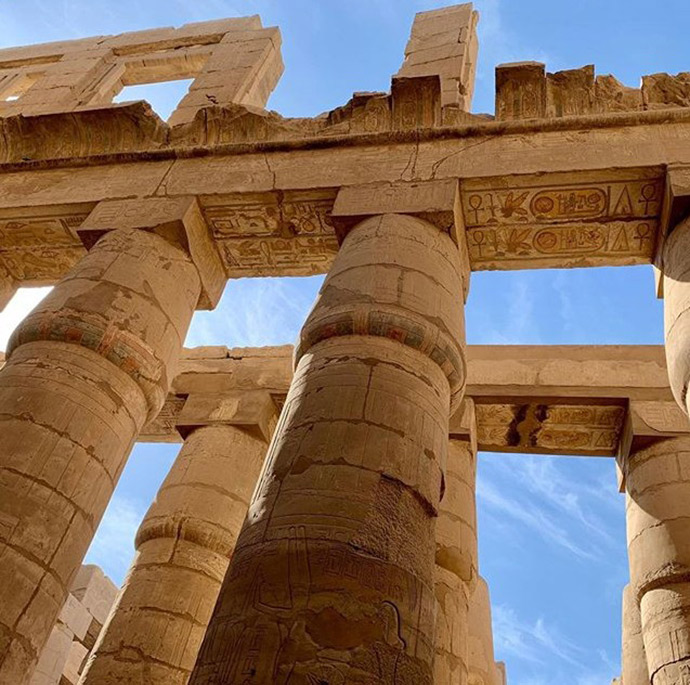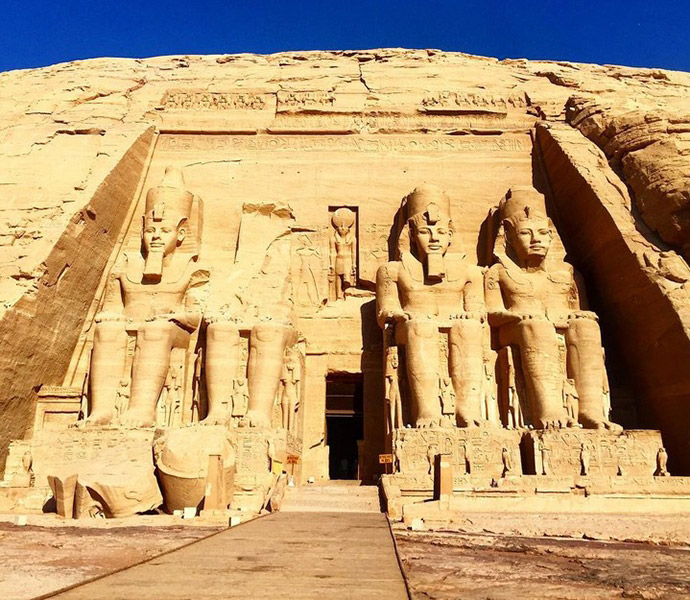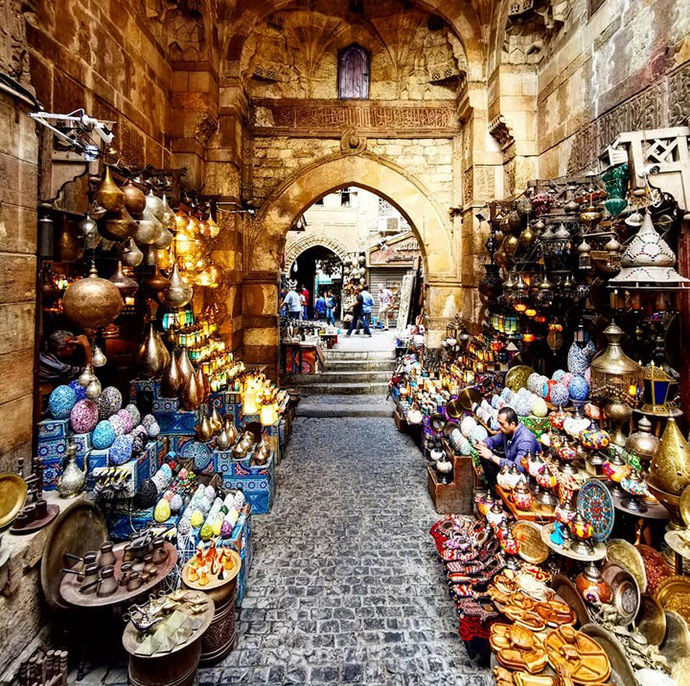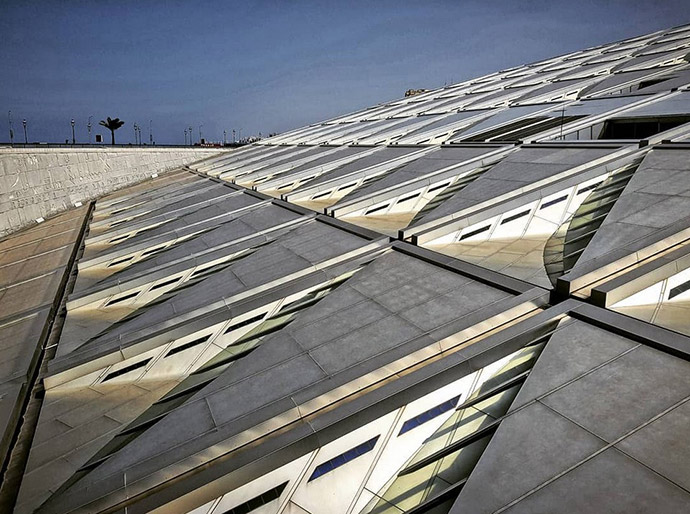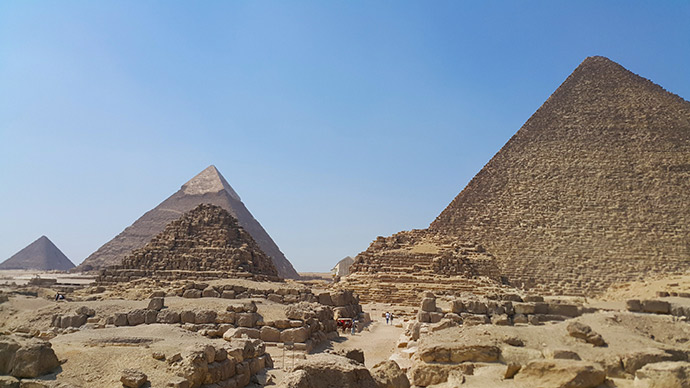
The Pyramids of Giza were tombs constructed by and named after three pharaohs – Khufu, Khafre and Menkaure. They were erected on a rocky plateau on the west bank of the Nile near Giza, northern Egypt between 2550 and 2490 B.C.
Egyptian pharaohs built the huge pyramid tombs for themselves because they expected to become gods in the afterlife, and filled the tombs with everything they would need to guide and sustain themselves in the next world. The pyramid’s shape was intended to help the pharaohs’ souls ascend to join the sun god Ra and the other gods.
The size of the Pyramids of Giza
The oldest one in the north, called the Great Pyramid or Pyramid of Khufu, was built for the second king of the 4th dynasty, Khufu. At 147 metres tall, it is the largest of the three pyramids. It was the world’s tallest man-made structure for more than 3,800 years until the Lincoln Cathedral was completed in 1311 A.D.
The second pyramid to be built was built for Khufu’s son Khafre, who was the fourth king, and the southernmost pyramid to be built was for Menkaure, the fifth king. Khafre’s pyramid was 143 metres in height, and Menkaure’s was only 66 metres high.
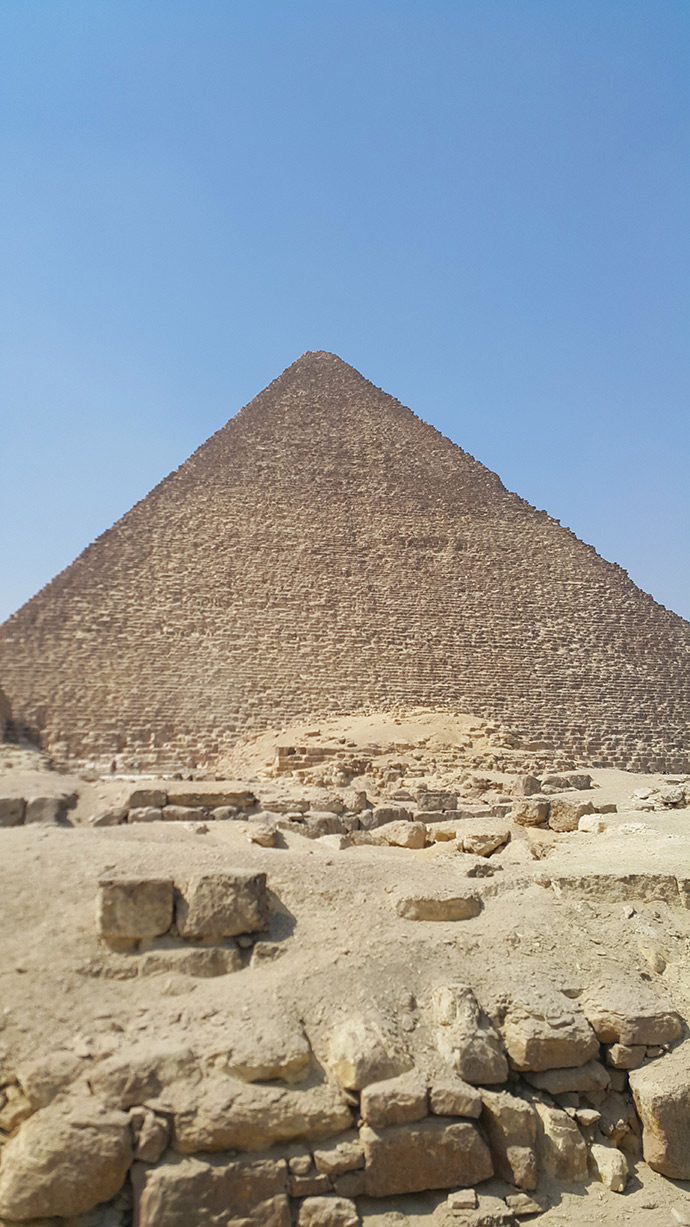
Pyramid of Khufu
Out of the 3 Pyramids of Giza, Khufu’s pyramid (also known as the Pyramid of Cheops – in Greek) is the oldest and largest of the Seven Wonders of the Ancient World. It is also the only one that remains largely intact. Three small pyramids were built next to the Great Pyramid, for Khufu’s queens. The empty sarcophagus of his mother, Queen Hetepheres, was found nearby. Rows of mastabas surround Khufu’s pyramid. These were for his relatives and officials, who were to accompany and support him in the next life.
While many ancient pyramids have passageways at their base that lead to tombs underneath each pyramid, Khufu’s burial chamber is located in the centre of the structure, accessible via a climb up a tight interior passageway.
Pyramid of Khafre
Although Khafre’s pyramid was smaller than Khufu’s, built in his complex was the Great Sphinx of Giza, a gigantic statue with the head of a man and the body of a lion. Measuring 73 metres long and 20 metres high, it was the largest statue in the ancient world.
Pyramid of Menkaure
Menkaure was the son of Khafre. His pyramid at Giza is the shortest of the three pyramids and was the first of the smaller pyramids that would be constructed during the fifth and sixth dynasties.
Discoveries in the Pyramids of Giza
Because Egyptians only began decorating the inside of pyramids several centuries after the construction of the Pyramids, there are no hieroglyphic texts in the pyramids of Khufu, Khafre and Menkaure.
All three pyramids were looted, which explains why treasures in the tombs were missing. Even the mummies of the three pharaohs have never been found. The external white limestone casings were also stripped, resulting in the height of the pyramids being lower than when they were built.
Still, the pyramids are amazing structures that give the modern world an idea of Egypt’s rich and glorious past. According to the ancient Greek historian Herodotus, the Great Pyramid took 20 years to construct and demanded the labour of 100,000 men.
By the late 20th century, however, archaeologists had found evidence that a more limited workforce may have occupied the site on a permanent rather than a seasonal basis. It was suggested that as few as 20,000 workers, with accompanying support personnel (bakers, physicians, priests, etc.), would have been adequate for the task.





